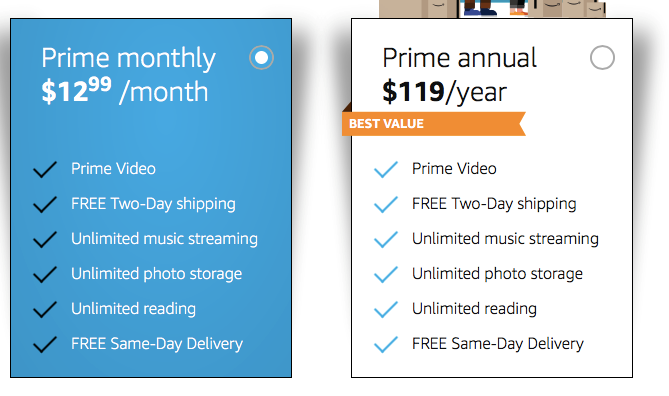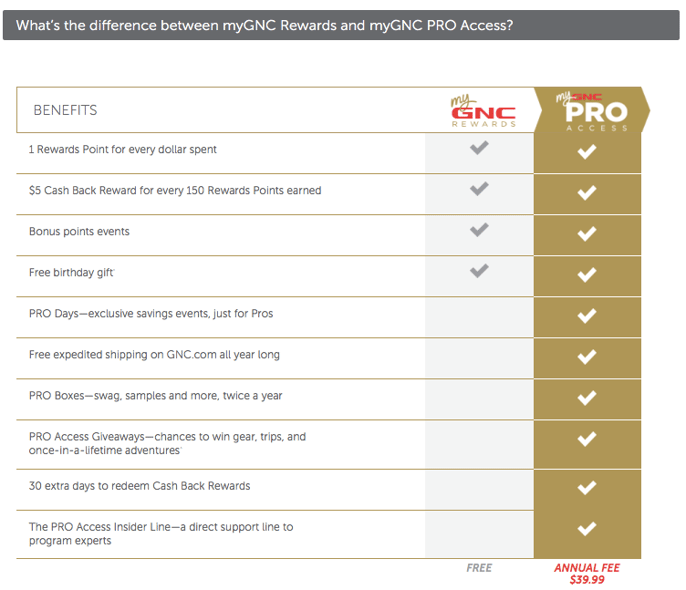
First Published: 26 April, 2019
“Premium loyalty – a loyalty programme where members pay an annual fee for enhances benefits that can use right away” -
Clarus Commerce – Premium Loyalty 2019
Companies offering this model or type of programme in return benefit from a substantial revenue stream that affords them the opportunity to provide richer, more tailored, and relevant experiences. It has also been said that when members pay for a monthly service/subscription, they remain more engaged with a programme or brand than non-paying members. However, we believe this largely depends on the type of subscription model/programme (as we identified below, variation of this type of model) and what the associated benefits are. It is also largely debated whether or not fee-based programmes are essentially loyalty programmes.
Why do we say this? Well, traditional loyalty programmes exist to reward customers for specific behaviours (transactional or non-transactional). They encourage a behavioural change through incentivisation so if you are simply paying for benefits to receive them upfront, what are the behaviours you are looking to change or encourage?
1. Pay and get (basic subscription / club model)
2. Pay to play (pay to join & enjoy the benefits of a programme)
3. Pay to unlock (pay to unlock enhanced benefits of a programme)
A particularly popular and effective offering to service the lower income groups in South Africa is the customer club concept, also known as a subscription model.
What are the unique characteristics of this model:
A club concept offers members a wide range of benefits across various categories. Clubs typically charge a low monthly subscription fee either charged directly to the customer or absorbed by the company as a cost of sale. They offer instant rewards and do not require customers to accumulate a loyalty currency making it an attractive alternative to a traditional loyalty programme.
In a country like South Africa, the traditional club concept often includes a main “hook” for customers when joining a club in the form of affordable insurance such as funeral cover or basic medical / hospital cover. These are particularly popular in some of SA’s largest retailers who offer the club concept over and above their loyalty programme. A club concept aims to service the customers' overall lifestyle needs by providing access to rewards and discounts at a variety of providers at a low fee.
It may be argued that a premium version of the club or subscription-based concept could include Amazon Prime. To access any Amazon Prime benefits, one needs to pay a monthly fee of $12,99. Without paying, you simply do not access the premium benefits such as fast and free shipping, free video streaming, etc. Amazon has no other rewards programme for members to join for free, other than Prime Rewards, which is solely linked to the Amazon credit card. Thus, making Amazon a very similar proposition to the well-known club offering.

This model refers to having to pay to join a loyalty programme. Without paying a monthly or annual fee, you do not gain access to the programme.
This is particularly popular in financial services programmes or retail banking programmes as one of the main entry requirements (other than a specified product holding) to “play” in their loyalty programmes come at a monthly fee.
What are the unique characteristics of this model:
The first programme that comes to mind which mirrors this model is Discovery Vitality’s model. Discovery Medical Scheme or Life insurance policyholders qualify to join Vitality. Vitality’s fees range from R259 – R359 per month depending on how many beneficiaries belong to the main member’s policy. Members also pay additional assessment fees to further unlock Vitality benefits.
Without paying the monthly fee, members cannot access any of the benefits associated to Vitality such as gym, retail or travel discounts. Your Vitality status is not dictated by the fee you pay but is rewarded based on the activities you complete or goals you achieve through the accumulation for points on an annual basis. There is no free version of Vitality other than their recent acquisition campaign called the Vitality open, where non-discovery members were allowed to join for a certain period of time.
Sanlam Reality’s model is similar to Discovery Vitality in that it is only open to policyholders of Sanlam, Santam or Glacier or medical scheme policyholders of Fedhealth, Bonitas, Barloworld to name a few. The Sanlam Reality programme has two main parts to it.
Firstly, you choose your membership type from 4 choices ranging from R49 – R195 per month. Members must choose one of these fee-based options before accessing any of the benefits of the programme. Depending on the membership type, members receive guaranteed benefits across different types of categories: Health, Wealth & Lifestyle.
Secondly, once you select your membership type, members can then participate in the programme by accumulating points for completing online activities, which determines a tier status, unlocking additional discounts and offers.
Retail banks also play a part in the model. Retail banking programmes such as Absa Rewards and Standard BankUCount also request a monthly fee to join their programmes. Again, without paying these fees, you are unable to use their respective loyalty programmes.

The combination of traditional loyalty & fee-based loyalty co-exist here. We believe that the true level of premium loyalty exists when you create a version of your value proposition exclusive to those who really want it and are willing to pay for it.
What are the unique characteristics of this model:
These programmes are usually targeted at your loyal customers who are entrenched in your offering already but want more. They want more convenience and a premium. They are engaged in your programme already but want more.
Programmes in the last 12-18 months have adopted this, including leading international brands such as GNC, WayFair and even Alibaba.
Let’s take a look at GNC. GNC, originated in the U.S, is a global specialty health, wellness and performance retailer. Their programme (USA only), GNC Rewards is a free programme allowing members to earn cash back on purchase. They also offer GNC Pro, an annual fee-based version of GNC Rewards ($39.99 per annum), giving members guaranteed free shipping, product samples and extended redemption days to mention a few. Below, is the GNC table, available on their website comparing the two plans clearly showing the benefits of being on the free version vs. paid-for version.

We believe that there is a space for fee-based loyalty to exist if you combine the right product/service (benefits), fee and experience/execution there-of, to the right audience.
The perceived value of the benefits should outweigh the monthly or annual fees charged, meaning that members should never question the monetary value paid because see the value of the benefits they love and use the most.
Article provided by Truth
Category

Contact us if you have any suggestions on resources you would like to see more of, or if you have something you think would benefit our members.
Get in TouchSign up to receive updates on events, training and more from the MA.
